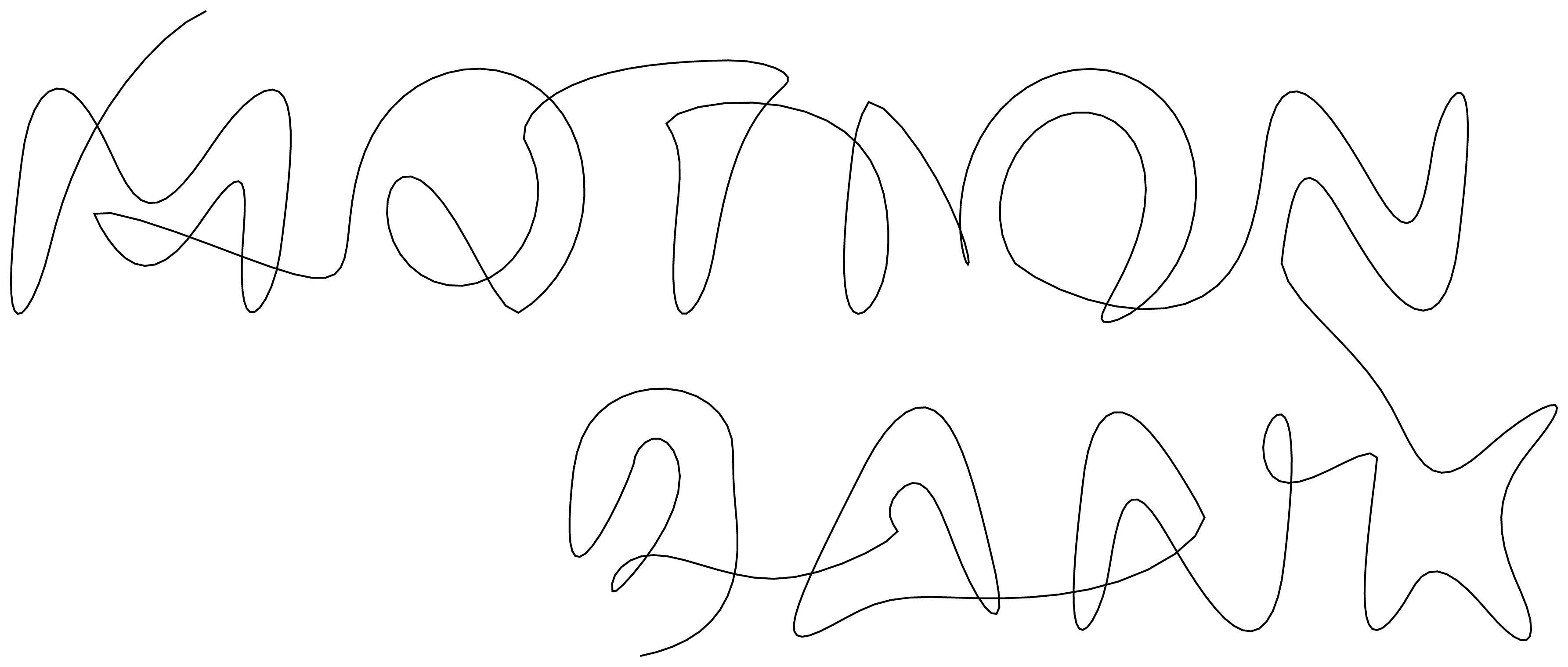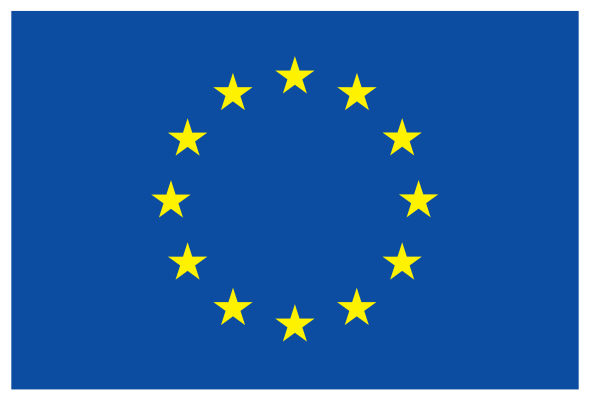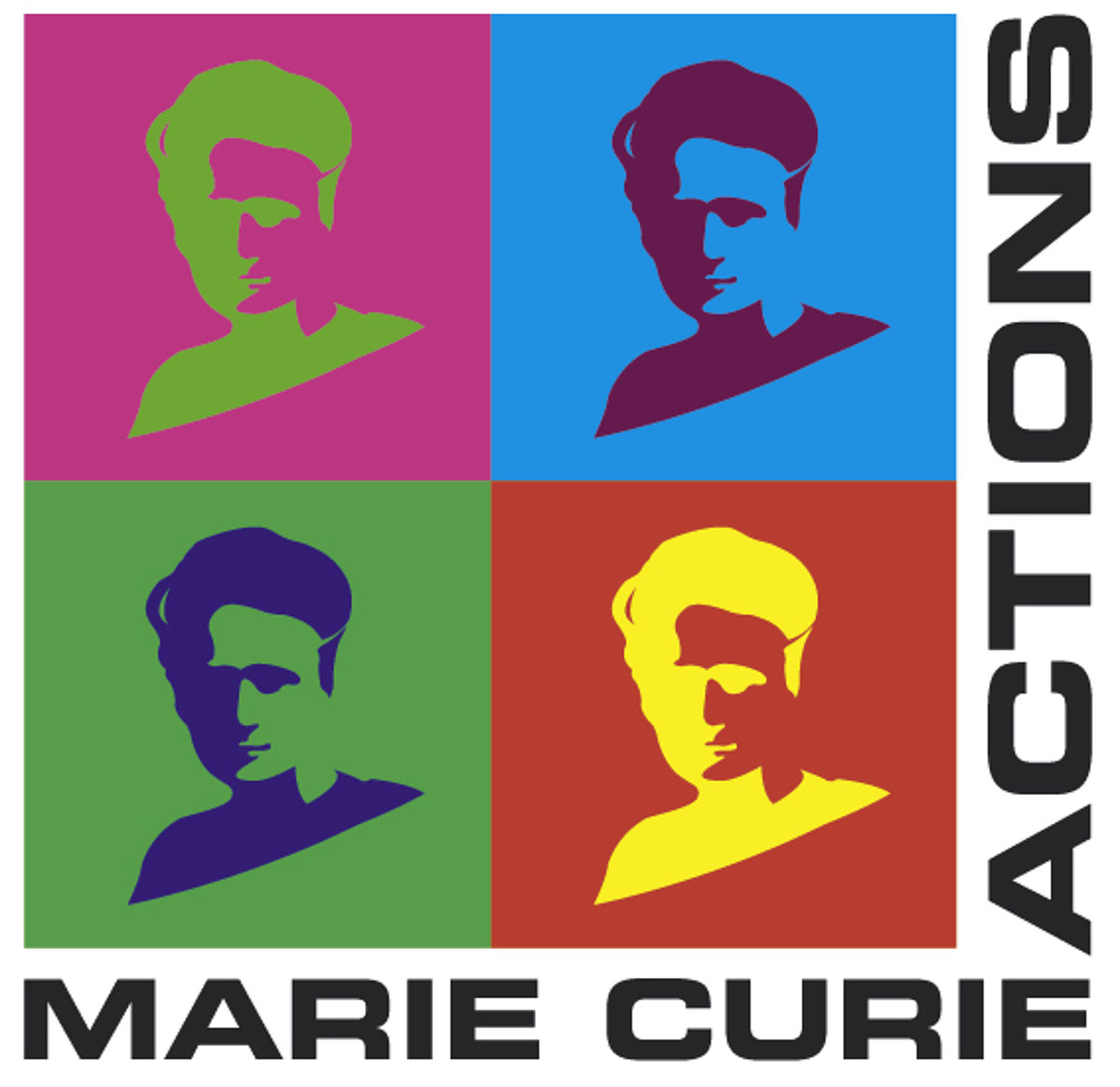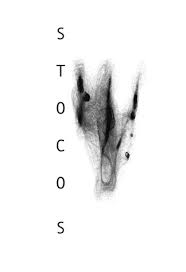
E2-Create - Encoding Embodied Creativity for Computational Art
Funder
Horizon 2020 - Marie Sklodowska-Curie grant agreement No 840465
Collaborators
C-DaRE, Coventry University (lead)
Secondment partners are:
Motion Bank, Hochschule Mainz, Germany
Instituto Stocos, Spain




Project overview
Dance represents a rich resource of bodily expertise that is exciting and challenging for other scientific and artistic domains to draw from. E2-Create addresses this challenge by providing generative approaches to facilitate the exchange between dance and computer-based art. E2-Create places a strong focus on the combination of software development and artistic creation informed by recent progress in dance digitisation, machine learning (ML), and generative art.
Project Objectives
E2-Create has four main objectives:
Gain an understanding of principles of embodied creativity. Evaluate existing ML models and computer simulations for their suitability in dance. Develop new ML models and computer simulations for dance creation. Disseminate project results among artists, scientists, students and the general public.
Impact statement
Impacts to Society
E2-Create highlights how tightly dance, as embodied creativity, and digital technology practices can be intertwined to achieve a high level mutual exchange between the two for research, development, and creation. This has the potential to increase public awareness for embodied forms of knowledge and its importance for research and development of digital technology.
Impacts to Art
E2-Create makes its main impact on the artistic fields of Dance and Technology, Creative Coding, and Generative Art.
Practitioners in Dance and Technology employed software and sensors to translate their expressivity into music and light and to choreograph and rehearse with artificial dancers.
Creative Coders employed ML models to develop generative musical instruments and interactive systems that detect or generate dance movements.
Practitioners in Generative Art were provided with generative systems that illustrate how bodily creativity can be abstracted and how ML techniques and traditional generative methods can be combined.
Impacts to Science
E2-Create makes its main impact on the academic fields of Movement and Computing, Human Computer Interaction, and Computational Creativity.
Scientists in Movement and Computing were provided with motion capture recordings of professional dancers, with procedures for deriving higher level movement qualities, and with generative methods for simulating these qualities.
Scientists in Human Computer Interaction were provided with methods for establishing intuitive forms of interaction with ML models and with sensors for exploiting minute body movements as interaction modality.
Scientists in Computational Creativity were provided with an ML model that paves the way for future research on how ML benefits from the creativity employed by dancers.




